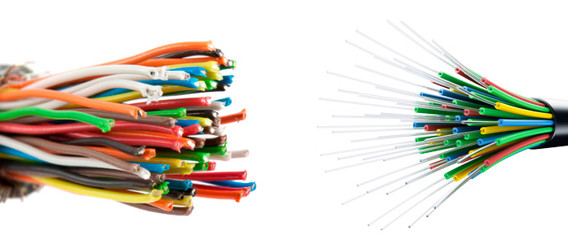Think fiber is the only way to increase bandwidth? Think again.
Rolling out fiber-to-the-home (FTTH) is great, unless you have to pay for it. Operators claim that as much as 80% of the costs are incurred from the manhole to the home. Plus, according to the latest statistics, less than 10% of all copper-based access lines to the home have been converted, leaving a whopping 90% to convert... cha-ching! So the question is, are there cheaper alternatives for delivering higher bandwidths to customers than simply rolling out the fiber? In a word, yes. And actually, this word is Vectoring.
In case you don’t remember from one of my previous blogs, the basic idea of vectoring is to measure far end crosstalk (FEXT) in real time, apply the required signal processing to cancel it out, and do so for each end-user – similar to noise-cancelling headphones. Below are the basic benefits and challenges.
Benefits
- Easy to deploy and terminate at the customer premises
- Complete re-use of existing copper infrastructures
- CAPEX- and time-saver
- Bandwidth performance increases; even more when used in conjunction with Bonding
- Uniform performance across all lines in a given cable bundle
Challenges
- Increased bandwidth only delivered in lines that are vectored together (single provider)
- Non-vectored lines or lines vectored by different providers may reduce overall performance
- Canceling out the seemingly uncancelable noise can be an issue; other techniques may need to also be implemented (i.e. G.INP)
Luckily, analytical tools and testers can help determine where noise is getting in and help prevent this potential loss in performance gain and increase line stability.
The bottom line is that vectoring will push back expensive and complicated FTTH deployment, and even though it does create some challenges, it’s nothing a little bit of extra testing can’t resolve!
For the complete story, read our Delivering with Vectoring Application Note.




